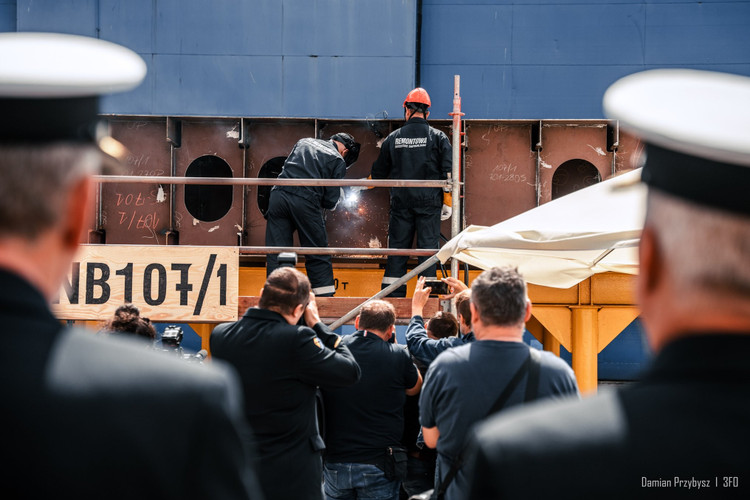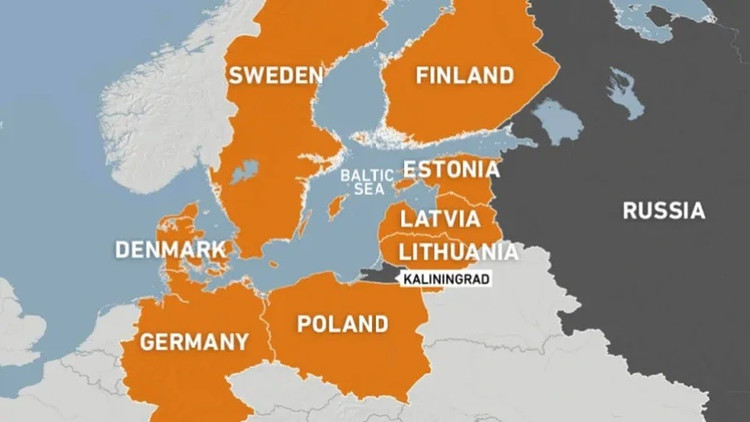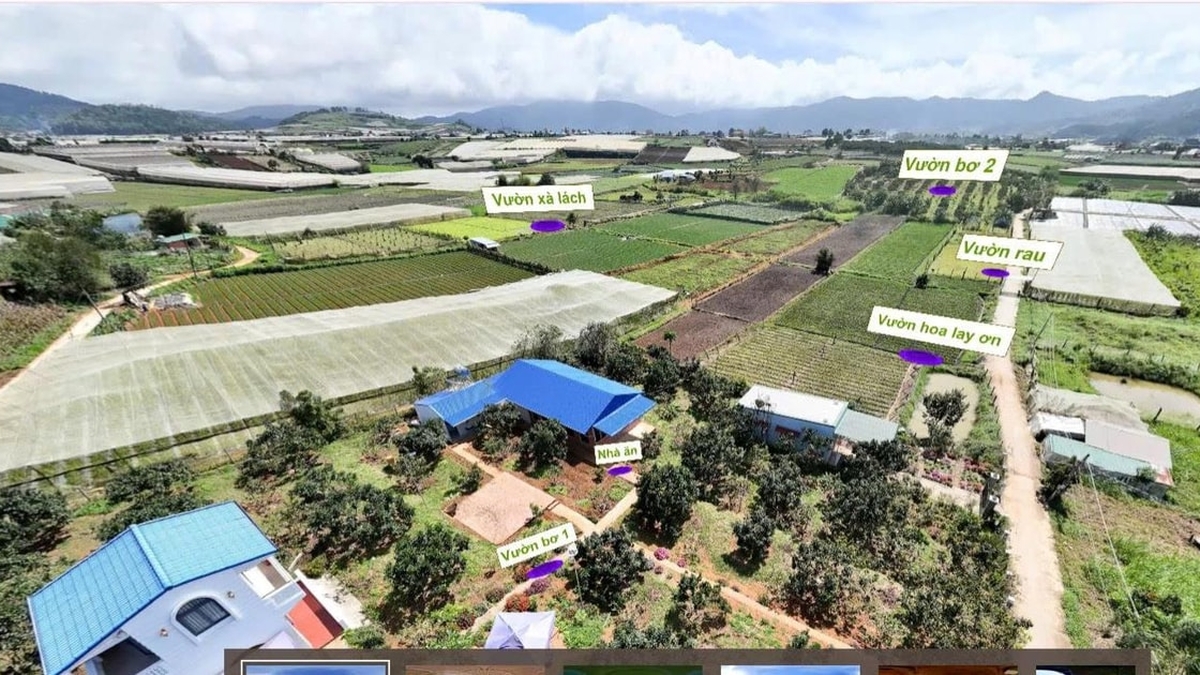According to the Polish Ministry of Defense , two intelligence ships ORP Jerzy Różycki (261) and ORP Henryk Zygalski (264) of the Delfin class (Project 107), were launched in early July at the Remontowa shipyard in Gdańsk.
The Delfin program was initiated under a contract signed on November 25, 2022, between the Armaments Agency of the Polish Ministry of Finance and Saab Kockums AB.

The Delfin-class design is based on the Swedish Artemis-class HMS Artemis (A202), which is also partly built by Polish shipyards and is due to enter service in 2024.
The agreement includes the design, construction, delivery and logistics support of two SIGINT (Signal Intelligence) vessels. The vessels are expected to replace the Project 863 ORP Nawigator (262) and ORP Hydrograf (263), built in 1975 and 1976 at the Northern Shipyard in Gdańsk, currently operating under the name Remontowa Shipbuilding.
The new ships will be integrated into the Reconnaissance Ship Group of the 3rd Fleet and stationed at the Naval Base in Gdynia.
Construction of the ORP Jerzy Różycki is set to begin in mid-2023. The ORP Henryk Zygalski is set to begin in late 2023.
The ships were named after Polish mathematicians and cryptologists Jerzy Różycki and Henryk Zygalski, who together with Marian Rejewski contributed to breaking the German Enigma code before World War II under the direction of Major Maksymilian Ciężki.
The naming follows the Polish Navy tradition of reassigning decommissioned ships to tactical numbers. The retired ORP Kopernik (261) and ORP Bałtyk (264) previously had the same hull number. As part of the ceremony, commemorative medals were welded onto the keels of both Delfin-class ships.

Soldering of commemorative medals of two old ships with the same numbers onto the keel of ORP Jerzy Różycki (261) and ORP Henryk Zygalski (264)
The vessels will be 74 metres long and displace up to 3,000 tonnes. Each vessel will be powered by four diesel generators rated at 990 kW each, driving azimuth thrusters.
Two bow thrusters will enhance maneuverability and positioning accuracy at sea. The crew will consist of about 35 to 40 sailors arranged in 35 cabins with 40 bunks.
The vessels will be delivered as complete construction by Remontowa Shipbuilding, which is also responsible for completing the Harbour Acceptance Tests (HAT) and Sea Acceptance Tests (SAT).
After completing the basic structural and equipment work, Saab staff will complete the integration of specialized electronic systems. These systems include electronic intelligence (ELINT), communications intelligence (COMINT), measurement and signature intelligence (MASINT) and imagery intelligence (IMINT).

Although detailed specifications are classified, the vessels are expected to operate across the entire electromagnetic spectrum and conduct reconnaissance of radar emissions, underwater acoustic signatures and communications links.
The vessels are designed to support reconnaissance missions focused on monitoring foreign naval units, ports, transmission infrastructure, offshore facilities and other maritime activities.
The equipment will enable monitoring of radar stations, radio communications, underwater vehicles and electromagnetic emissions across all signal bands. The vessels will also contribute to NATO intelligence gathering operations in the Baltic Sea.
Unlike armed vessels, SIGINT vessels prioritize advanced data collection over combat systems. Their configuration will allow them to operate independently or in coordination with surface, underwater, airborne and cyber elements of the Polish Armed Forces.
The completion and delivery of ORP Jerzy Różycki and ORP Henryk Zygalski is expected to significantly expand Poland's maritime reconnaissance capabilities in response to growing regional tensions and the need for strategic intelligence on maritime threats.
Source: https://khoahocdoisong.vn/ba-lan-ha-thuy-tau-do-tham-giam-sat-can-cu-nga-o-baltic-post1551729.html




























![[Photo] National Assembly Chairman attends the seminar "Building and operating an international financial center and recommendations for Vietnam"](https://vphoto.vietnam.vn/thumb/1200x675/vietnam/resource/IMAGE/2025/7/28/76393436936e457db31ec84433289f72)







































































Comment (0)